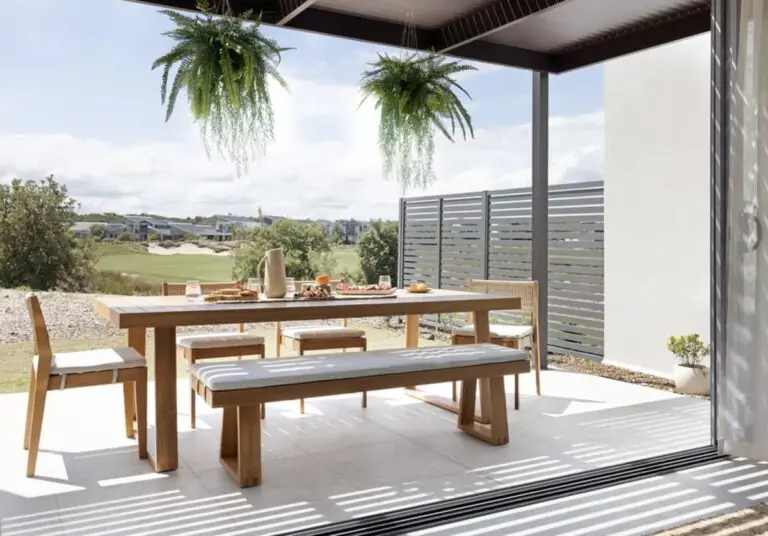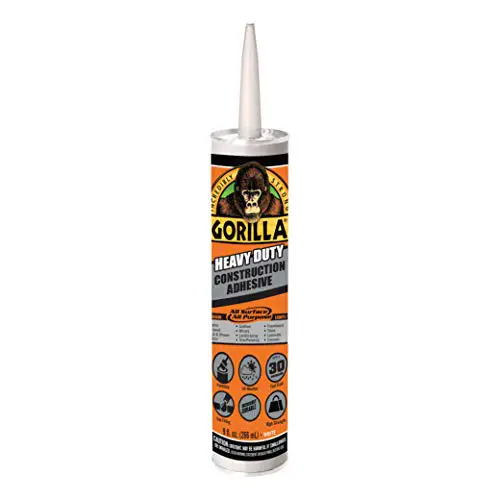What is Barn Wood : Ultimate Guide to Reclaimed Beauties
When it comes to interior design and home décor, it’s hard to beat the rustic charm and warmth of barn wood. This highly sought-after material has gained popularity in recent years, but what exactly is barn wood, and why is it so coveted?
The History of Barn Wood
Barn wood, also known as reclaimed wood, is wood that has been salvaged from old barns, warehouses, and other structures that are no longer in use. These structures, often built several decades or even centuries ago, were typically constructed using sturdy, long-lasting wood such as oak, pine, and chestnut. As the structures age and become obsolete, the wood can be repurposed for a variety of modern applications.
Characteristics of Barn Wood
Barn wood is prized for its unique characteristics that set it apart from new, mass-produced lumber. These characteristics include:
- Weathered appearance: Barn wood often exhibits a weathered, distressed look, with a patina that can only be achieved through years of exposure to the elements.
- Natural imperfections: Knots, nail holes, and other imperfections add to the charm and character of barn wood, giving it a story to tell.
- Rich hues: The natural aging process of barn wood results in rich, nuanced colors that range from deep browns to silvery grays.

Credit: pavehdm.com
Uses of Barn Wood
Barn wood can be used in a wide range of applications, making it a versatile and popular choice for interior design projects. Some common uses of barn wood include:
- Accent walls: Covering a wall with barn wood can bring a touch of rustic charm to any room.
- Furniture: From dining tables to bed frames, barn wood is used to create stunning, one-of-a-kind furniture pieces.
- Flooring: Barn wood flooring adds warmth and character to any space.
- Decorative accents: Barn wood can be used to create shelves, picture frames, and other decorative accents that add a touch of rustic elegance to a room.
Sustainability of Barn Wood
One of the key reasons for the popularity of barn wood is its sustainability. By repurposing wood from old structures, the demand for new timber is reduced, helping to preserve forests and natural habitats. Additionally, using reclaimed wood helps to minimize waste by giving new life to materials that might otherwise end up in landfills.
When sourcing barn wood for projects, it’s important to ensure that it is obtained ethically and responsibly. Reputable suppliers will be able to provide information on the provenance of the wood and their sustainability practices.
Frequently Asked Questions Of What Is Barn Wood : Ultimate Guide To Reclaimed Beauties
What Is Barn Wood?
Barn wood is reclaimed wood salvaged from old barns, known for its rustic charm and natural weathered patina. It’s used for interior decor and furniture.
Where Can I Find Barn Wood?
You can find barn wood at salvage yards, online marketplaces, and specialty suppliers. Antique shops and architectural salvage stores also offer unique pieces.
Why Is Barn Wood Popular?
Barn wood is popular for its unique character, sustainability, and historical appeal. It adds warmth and a sense of history to interior spaces.
How Can I Use Barn Wood?
Barn wood can be used for flooring, wall paneling, furniture, and decorative accents. It brings a cozy and rustic charm to any living space.
Conclusion
Barn wood is more than just a trendy design element—it’s a piece of history that brings warmth, character, and sustainability to modern spaces. Its weathered appearance and unique characteristics make it a favorite choice for interior designers, homeowners, and anyone looking to add a touch of rustic charm to their environment.
Whether used for accent walls, furniture, or decorative accents, barn wood adds a sense of nostalgia and timelessness to any space, making it a highly coveted material in the world of interior design.




